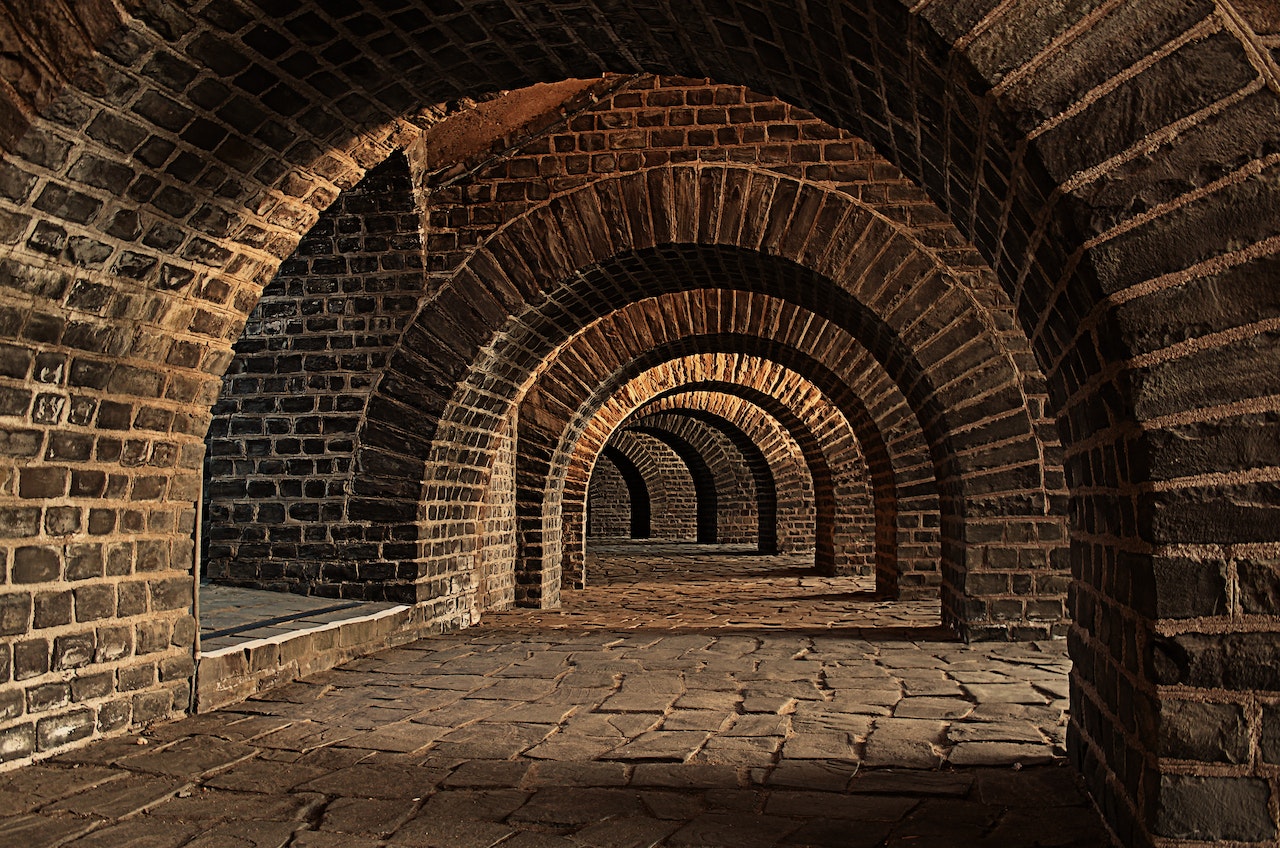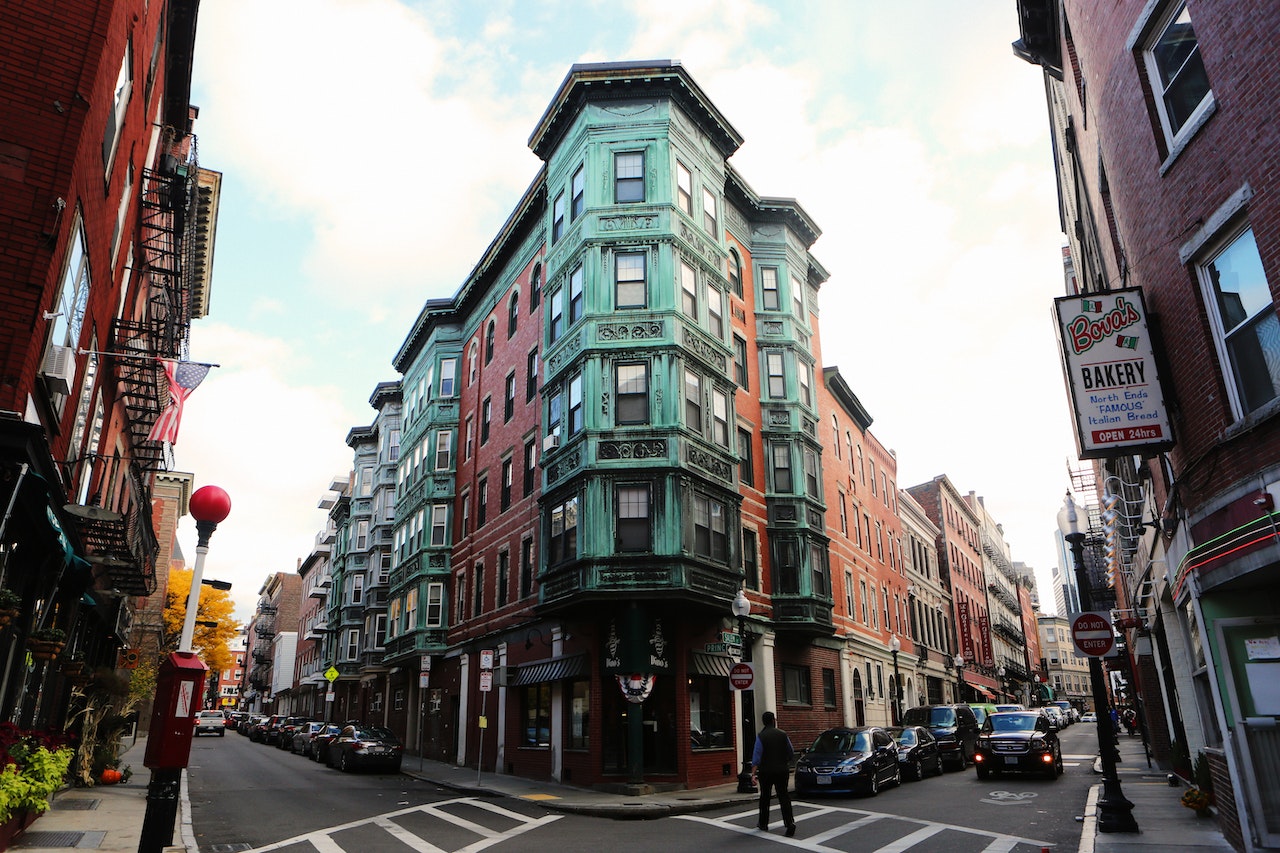The History And Significance Of Industrial Architecture In Urban Development
The history and significance of industrial architecture in urban development have played a vital role in urban development throughout history. The buildings that were once used for manufacturing and production now hold cultural, historical, and architectural significance.
Author:George EvansMar 20, 20232.2K Shares189.4K Views

The history and significance of industrial architecture in urban developmenthave played a vital role in urban development throughout history. The buildings that were once used for manufacturing and production now hold cultural, historical, and architectural significance.
We will explore the history and significance of industrial architecture in urban development. We will begin by defining the industrial architecture, its history, and its evolution over time.
We will then examine how industrial architecture has influenced urban development, including its impact on transportation, housing, and public spaces. Finally, we will discuss the cultural significance of industrial architecture and the efforts to preserve these historic buildings.
What Is Industrial Architecture?
Industrial architecture is a type of architecture that focuses on the design and construction of buildings that are used for industrial purposes. These buildings are typically large, sturdy, and utilitarian in design. They often feature concrete, steel, and glass elements and are built to withstand heavy use and environmental stresses.
The history of the industrial architecture dates back to the early 18th century when the Industrial Revolution began. As manufacturing and production became more widespread, new types of buildings were needed to house these industries.
At first, these buildings were simple structures made from wood or brick. However, as technology improved and industries grew larger, the demand for more substantial and more durable structures increased.
The History And Significance Of Industrial Architecture In Urban Development
Industrial architecture has played a significant role in urban development throughout history. As cities grew and evolved, so did the need for specialized buildings to accommodate the needs of industry and manufacturing.
These buildings were often designed to be functional rather than aesthetically pleasing, with a focus on efficiency and practicality.
The history of industrial architecturecan be traced back to the Industrial Revolution in the late 18th and early 19th centuries, when new manufacturing techniques and machinery led to the development of large factories and mills.
These buildings were often made of brick or stone and featured large windows to maximize natural light for workers. The design of these early industrial buildings was largely functional, with little emphasis on aesthetics or style.
The Evolution Of Industrial Architecture
The 19th and 20th centuries saw significant advancements in industrial architecture. These advancements were due to technological advancements, changes in manufacturing techniques, and the rise of new industries.
One of the most significant changes was the use of steel as a building material. Steel was stronger and more durable than wood or brick, making it the perfect material for constructing large-scale industrial buildings.
Another significant development was the use of reinforced concrete. This material was even stronger than steel and allowed for the construction of taller buildings with larger open spaces.
As a result, industrial architecture moved away from small, cramped buildings and towards large, open spaces that could accommodate the latest machinery and equipment.
The Influence Of Industrial Architecture On Urban Development
Industrial architecture has had a significant influence on urban development throughout history. The construction of large-scale industrial buildings required new transportation systems, housing for workers, and public spaces to accommodate the growing population.
Transportation
One of the most significant impacts of industrial architecture on urban development was the need for new transportation systems.
As factories and mills were built outside of city centers, transportation infrastructure had to be developed to move people and goods. This led to the construction of new roads, railways, and canals, which facilitated the growth of cities and the expansion of the industry.
Housing
The growth of industry also led to a demand for housing for workers. Many workers moved from rural areas to cities in search of work, leading to overcrowding and poor living conditions. To address this, new housing developments were built near factories, mills, and other industrial buildings.
These developments were often built by the companies themselves and were designed to be affordable and functional, rather than luxurious.
Public Spaces
Industrial architecture also influenced the development of public spaces. Many industrial buildings were located near waterfronts, which led to the development of public parks and other recreational spaces.
These spaces were designed to provide relief from the industrial landscape and to promote public health and well-being.
Cultural Significance Of Industrial Architecture
Industrial architecture has significant cultural and historical significance. These buildings are a testament to the history of industry and manufacturing, and they often represent a city or region's economic and cultural identity.
Industrial architecture also reflects the architectural trends and styles of the time, making them an important part of architectural history.

Urbanization and the future of cities - Vance Kite
Preservation Of Industrial Architecture
Despite their historical and cultural significance, many industrial buildings have been demolished over the years due to changing economic conditions and a lack of appreciation for their architectural value.
However, there has been a growing movement to preserve these buildings as part of our architectural and cultural heritage. Preservation efforts include adaptive reuse, where these buildings are repurposed for other uses such as offices, housing, and cultural centers.
Preservation efforts have been successful in many cities around the world. One notable example is the High Line in New York City, which is a public park built on an elevated railway line that was originally used for transporting goods in and out of the city.
The High Line is now a popular tourist destination and a testament to the importance of preserving industrial architecture.
What Is Urban Planning In Architecture?
Urban planningin architecture is the process of designing and organizing the physical layout of a city or urban area. It involves the integration of various aspects of the built environment, such as buildings, infrastructure, public spaces, and transportation systems, with the natural environment, such as parks and bodies of water.
The goal of urban planning is to create functional, sustainable, and aesthetically pleasing urban environments that meet the needs of the community.
People Also Ask
What Is The Significance Of Industrial Architecture In Modern Urban Development?
Industrial architecture continues to play a significant role in modern urban development, providing space for the production and storage of goods and services.
How Has Industrial Architecture Influenced Other Fields Of Design?
Industrial architecture has influenced other fields of design such as interior design, graphic design, and fashion design, inspiring new materials, techniques, and styles.
What Are Some Challenges Associated With Preserving Industrial Architecture Buildings?
Some challenges associated with preserving industrial architecture buildings include the high cost of renovation and the need to comply with modern building codes and regulations.
What Is The Future Of Industrial Architecture In Urban Development?
The future of industrial architecture in urban development is likely to focus on sustainable and energy-efficient designs that incorporate new technologies and materials to reduce the environmental impact of industrial activities.
Conclusion
The history and significance of industrial architecture in urban development have played a significant role in urban development throughout the history of our world. These buildings are a testament to the growth and evolution of industry and manufacturing and reflect the architectural trends and styles of their time.
Industrial architecture has also influenced the development of transportation systems, housing, and public spaces. Despite their historical and cultural significance, many industrial buildings have been demolished over the years.
However, there is a growing movement to preserve these buildings and repurpose them for new uses. Industrial architecture is an important part of our architectural heritage and deserves to be preserved for future generations to appreciate and enjoy.
Edit paragraph. Please delete this text and add your content here.
Jump to
What Is Industrial Architecture?
The History And Significance Of Industrial Architecture In Urban Development
The Evolution Of Industrial Architecture
The Influence Of Industrial Architecture On Urban Development
Cultural Significance Of Industrial Architecture
Preservation Of Industrial Architecture
What Is Urban Planning In Architecture?
People Also Ask
Conclusion

George Evans
Author
George Anderson, an exceptional architectural designer, envisions and brings to life structures that transcend the realm of imagination. With an unwavering passion for design and an innate eye for detail, George seamlessly blends form and function, creating immersive spaces that inspire awe.
Driven by a deep appreciation for the interplay of space, light, and materials, George's innovative approach redefines the possibilities of architectural design. His visionary compositions leave an indelible mark, evoking a sense of wonder and transforming the built environment.
George Anderson's transformative designs and unwavering dedication continue to shape the architectural landscape, pushing the boundaries of what is possible and inspiring generations to come.
Latest Articles
Popular Articles
